https://www.youtube.com/watch?v=8YrVZXPtTx0
CareerOne Cover Letter Tips & Advice
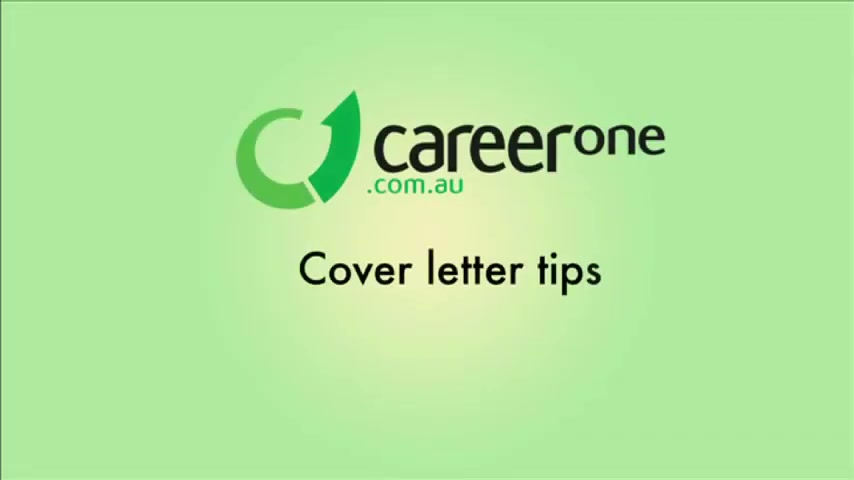
The reason I'm doing this is because I wanna , uh , kind of create that connection between how much detail and effort I actually put into drawing a human leg compared to what I just showed you , Co , though all those layers with the muscles and bones are much more complex than you will actually need to go into detail with to draw the the human or animal .
So the first thing I do is start off with a circle that resembles a bit of a hip shape .
The next thing is , I draw a line that resembles the larger upper leg bone and a joint , and then a line that resembles the , uh , lower leg .
And then often I draw the construction lines of a foot just by drawing like simple blocks block shapes like this .
Now I'm drawing one that's sort of divided into two .
Cos I'm gonna have the , uh , the foot kind of on its toes .
And then still , in this construction phase , I go into a some silhouettes .
So I just kind of roughly outline where I know the muscles kind of set out , and sometimes I might draw the muscles themselves just to make sure I get things looking right .
But you won't always need to do this .
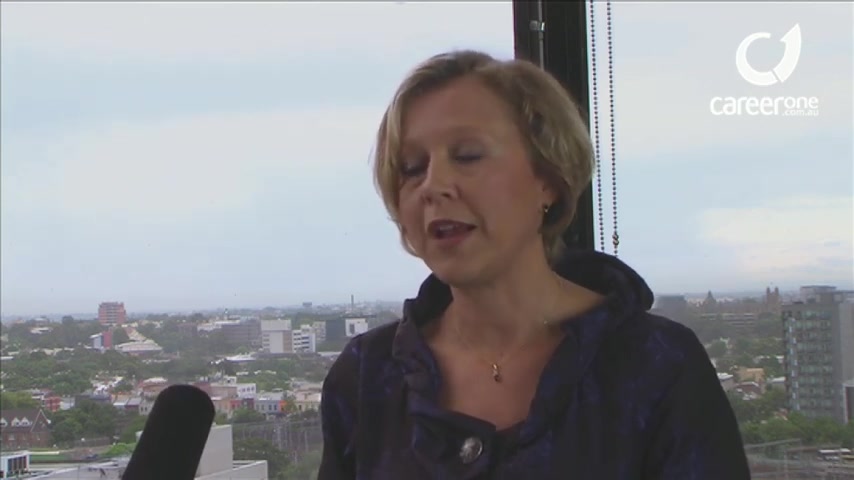
Horses have very large hind areas , so you can see the proportion difference is quite large there .
And , uh , then we start off by just drawing the basic structures of the horse leg here .
That is how I would draw the construction area of a horse .
Then I would go to adding the meat on the bones , so to speak .
It's important to get a basic grasp how the , uh the muscles are proportioned or how the skin and fur sort of sits on the different animals .
Uh , as you can see , the horse leg example is very different to the early animal leg example that I showed comparing it to the human leg .
But the basics of how I would put it together is very similar .
Uh , you will notice that you we're not gonna need to go into detail into things like the toes or the foot because they have a a hoof , which hides a lot of those inner workings .
Um , even though they do sort of have those bones .
And then , of course , we get to the fun of just drawing the outline .
And then if I hide my construction work , you can see I've got the basics of a horse leg here .
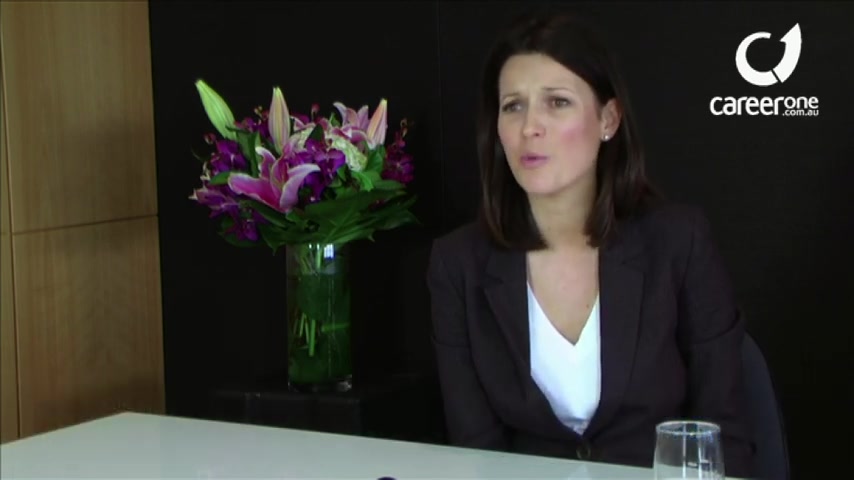
Now , comparatively , let's say if I drew a wolf leg might draw something that starts off with the , uh , a larger hind leg area , but much smaller compared to the human and horse one .
Then we have the proportions kind of taking place so I'm gonna start adding my outlines .
And then once we're done with that , we get our line tool and do the same thing .
Now the cool thing about drawing things like wolf and cat and , uh , various other more canine or feline animals is you can add little details like hair kind of hanging out from some certain joints .
You also have that dew claw that I mentioned before .
And then , of course , you get the cool claws or pores that are at the bottom .
And then , of course , I hide my construction work to see how that's come together there .
Now , of course , they are some examples as to hind legs .
And let's do the same sort of thing with a front leg .
Let's say we'll do , uh , the front leg a cat .
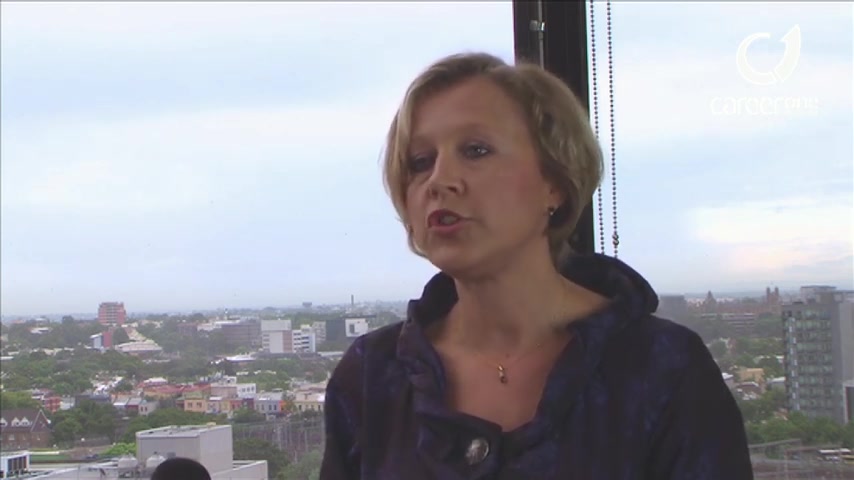
So we have the cat sort of has a a very arched back a lot of the time , so we're gonna have a large sort of shoulder joint here , and then we'll have the bones of the front leg kind of joining there , turning into that hand sort of area Now , in reality , of course , I'm drawing this as big as the wolf leg , but it would be much smaller .
So I'm just gonna shrink that down so you can kind of make those connections and then we draw in the outline or the silhouette .
And then finally , we add the meat on the bone by during the outline .
Now I hope if I've conveyed anything at the end of all this , it's quite simply that it's easier than it looks .
It's more simple than , uh , early illustrators seem to sort of understand .
I would recommend that artists learn and familiarise themselves with human anatomy as much as possible , and then that knowledge can be taken and applied to various situations like this .
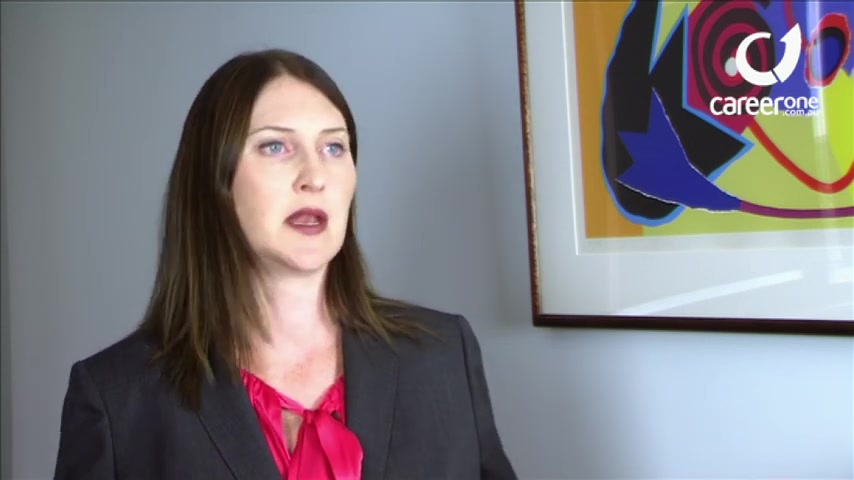
I'm actually not specifically interested in that role , but I'm really worried that I'm not gonna get a job .
And I think my best strategy is to just basically shoot out as many applications as possible , and it doesn't work like that .
You have to think about the cover letter and the resume as being indicative and representative of you and your brand as an employee in the market .
So if it's not special , don't send it
Are you looking for a way to reach a wider audience and get more views on your videos?
Our innovative video to text transcribing service can help you do just that.
We provide accurate transcriptions of your videos along with visual content that will help you attract new viewers and keep them engaged. Plus, our data analytics and ad campaign tools can help you monetize your content and maximize your revenue.
Let's partner up and take your video content to the next level!
Contact us today to learn more.